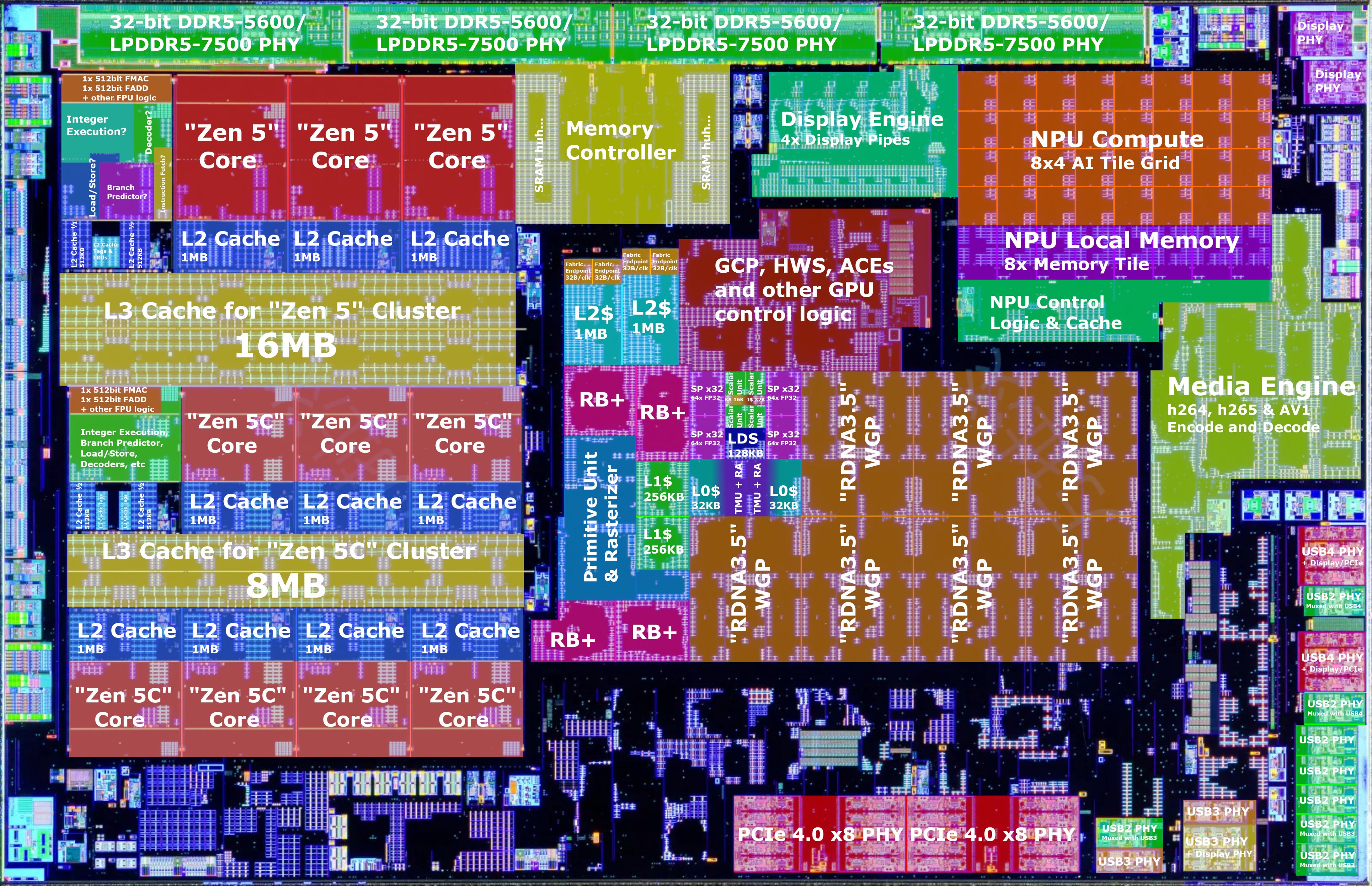I’ve decided to open this gripe with some positivity, which is why I’m going to admit there is one thing I really respect and appreciate about AI: it’s hateable for so many reasons.
I can hate that it’s destroying journalism. I can hate that it’s making internet search less accurate and less helpful with every passing day. I can hate that it’s making insufferable people unfathomably rich. I can hate that the dumbest X.com posters conflate typing an “idea” into a plagiarism crane game that clumsily plucks from petabytes of pilfered art with the process of actual human creativity.

We’re spending the week airing all our grievances with gaming and computing in 2025. Hit up the Gripes Week hub for more of what’s grinding our gears.
And I can hate that even something as fun and pure as getting a new computer—surely a bright and beautiful day for any reader of PC Gamer—is now tarnishable by AI poking its head in where it doesn’t belong.
After nearly a decade with my last laptop I was desperate for a new system, but I spent most of 2024 first holding out for AMD to announce its latest Zen 5 chips, and then for Framework, the modular PC company, to release a new motherboard using said chips. I knew AMD’s new chips would be bringing with them improved power efficiency and better graphics that I really wanted in a thin-and-light laptop. You can probably envision the stank face I made last summer when I found out AMD was rebranding the Ryzen chips Ryzen AI to capitalize on the buzziest tech trend of the decade.
I wish Ryzen AI was just annoying branding, though! It’s worse than that. The AI does actually mean something: that the APU (aka the entire chip comprised of a CPU, GPU, cache, memory controller, and other bits) now includes a new type of processor: an NPU, or “neural processing unit.”
AMD says you definitely want an AI PC, dawg, though “why” seems to conveniently be an unanswered question at this time. Intel says NPUs are definitely here to stay. And they’re probably right! But so far, a few months into owning my new laptop, it’s nothing but a waste of space.
Let’s take a look at AMD’s Ryzen AI “Strix Point” processors, as annotated by a GPUsAreMagic:

On the left side of the chip you can see the Zen 5 CPU cores and the lower power Zen 5C “efficiency” cores, as well as their cache. Around the center of the chip you’ve got the graphics processing. And in the top right is the NPU and its memory.
It’s not taking up a crazy amount of space. But as I look at the labels on this APU, I can see the value of every element in something I do with my laptop, from the USB controllers to the media engine that encodes and decodes video to the display engine that lets me output video over a USB-C port. Everything has a role to play! A modern APU is a beautiful symphony of cooperation and collaboration where everyone pitches in.
Except the NPU. The NPU ain’t doing shit.
I’m running Linux on my Framework 13, so I couldn’t take advantage of Microsoft’s Copilot features like the much-maligned Recall even if I wanted to. And I’m not running language learning models on my laptop or using AI to write code (or articles) for me. Given all that, I sure wish that 10-ish percent of my processor could’ve been devoted to, I dunno, another CPU or GPU core? Or some more cache? Anything that would have an actual, tangible benefit?
But hey, I’m no computer architect, and I know better than to pretend chip design is as simple as “put more of X where Y is.” So I asked PC Gamer’s resident silicon whisperer Nick Evanson for his take.
“While the space could be used for more GPU cores, the chip’s heavily limited by memory bandwidth. We’ve seen this in comparisons between the Ryzen Z2 Extreme and Z1 Extreme, where the former has a lot more compute units than the latter, but it’s barely any faster in games,” Nick says.
But! There is a but:
“That said, a complete rejig of the layout could perhaps allow for more CPU and GPU cache, which would help with performance… Cache layout is tricky to do right in such a compact design. It has to be right next to cores and/or memory controllers, and given how large the CPU section already is, there probably isn’t enough space to have more L3 cache without completely borking the whole layout. But I agree with the fact that it is wasted die space. The NPU in my Arrow Lake CPU has been unused since I first got it and it’ll probably remain that way until it gets replaced.”
So, yes, it would be unrealistic to suggest AMD could rip out the NPU and easily put that space to good use in this current chip. But that doesn’t make me any less grumpy about the NPU being there in the first place! If I were AMD, I would have simply decided several years ago not to devote a significant portion of my processor die to this component I personally have no use for.
Until an NPU can do the same work as the tensor cores in GPUs used for DLSS/FSR, I doubt I’ll ever have a real use for one. Too bad Microsoft, AMD, and Intel have decided I have to have one anyway.




0 Comments